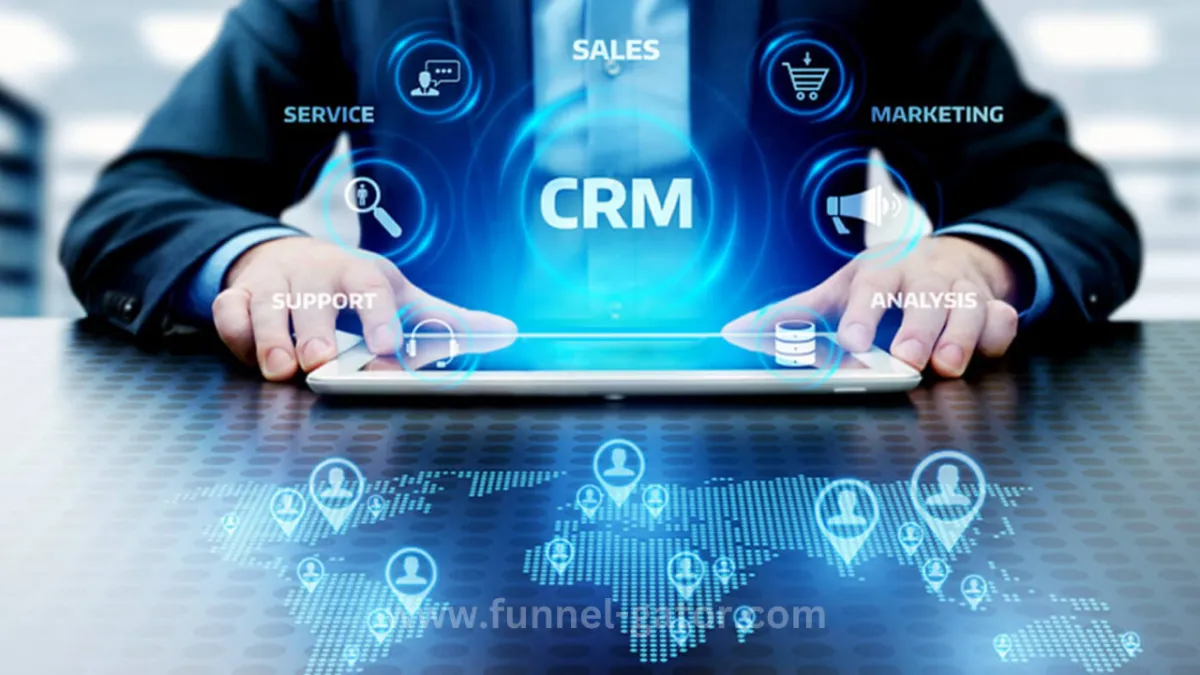
CRM Development: A Simple Guide to Building Customer Relationships That Last
Imagine walking into your favorite coffee shop, and before you even say a word, the barista hands you your usual order with a smile. That’s not just great customer service — that’s customer relationship mastery. And for businesses, that kind of personalized service at scale is made possible through CRM development.
What is CRM Development, Really?
Let’s break it down. CRM stands for Customer Relationship Management, and CRM development is the process of building software tools or systems that help businesses manage interactions with their customers. These tools store customer data, track interactions, automate workflows, and provide insights to help improve relationships and grow revenue.
Whether you're running a small business or a growing enterprise, a custom CRM system can help you serve your customers better, faster, and smarter.
Why Should You Care About CRM Development?
Let me tell you a quick story.
A friend of mine, Sarah, ran an online boutique. She had spreadsheets, sticky notes, and email chains trying to keep up with customer orders, preferences, and complaints. It worked — until it didn’t. Orders got delayed, customers got frustrated, and her dream business became a daily firefight.
Then she invested in a custom CRM solution. Within weeks, she could track orders, automate follow-ups, and even identify top customers to offer special discounts. Her sales doubled in three months. Why? Because she knew her customers and treated them accordingly.
That's the power of CRM development.
Types of CRM Systems
Before jumping into development, it helps to know what kind of CRM system you need. There are three major types:
Operational CRM – Helps manage daily operations like sales, marketing, and service automation. Great for streamlining tasks.
Analytical CRM – Focuses on data analysis to understand customer behavior and trends.
Collaborative CRM – Enhances communication across departments and with external stakeholders (vendors, partners, etc.).
You can mix and match these types based on your business needs.
Key Features of a Custom CRM Software
Let’s look at the features that matter most in a modern CRM system:
Contact Management: Store and organize customer data in one place.
Sales Pipeline Tracking: Monitor the journey from lead to deal.
Email Integration: Sync emails for smooth communication history.
Task & Activity Management: Never miss a follow-up again.
Reporting & Analytics: Make smarter decisions using real-time data.
Mobile Access: Work on-the-go with a mobile-friendly interface.
Integration: Connect with tools like Slack, Mailchimp, or QuickBooks.
These features are not just bells and whistles. They're the core of what makes a CRM truly valuable.
Step-by-Step Guide to CRM Development
Creating your own CRM platform might sound overwhelming, but here’s a simple roadmap to guide you through:
Step 1: Define Your Goals
Start by asking: What do I want this CRM to do?
Do you want to improve customer retention? Increase sales? Streamline communication? Write down specific goals to guide development.
Step 2: Choose Between Off-the-Shelf vs. Custom CRM
Off-the-shelf CRMs like HubSpot or Zoho CRM are quicker to implement.
Custom CRMs, on the other hand, are tailored to your exact workflow and scale as you grow.
If your business has unique processes or compliance needs, custom CRM development is often the smarter long-term investment.
Step 3: Plan the Architecture
Decide:
What modules do you need? (Sales, support, marketing?)
Who will use it? (Agents, managers, marketing?)
What data should be collected and displayed?
Pro tip: Sketch out wireframes or use tools like Figma to visualize your system.
Step 4: Choose the Right Tech Stack
Popular technologies for CRM development include:
Frontend: React.js, Angular
Backend: Node.js, Laravel, Django
Database: MySQL, MongoDB
Hosting: AWS, Azure, Heroku
Make sure your development team selects a stack that supports scalability, security, and integration.
Step 5: Start Development and Testing
Divide the project into sprints. Start with an MVP (Minimum Viable Product) and test it with a small group of users. Gather feedback, fix bugs, and enhance features.
Step 6: Deploy and Train Your Team
Once everything is tested, deploy it. But don’t stop there — train your team to make the most of your CRM system. A great tool unused is just wasted potential.
Benefits of Investing in CRM Development
Let’s be honest. CRM software isn’t cheap. But the benefits far outweigh the cost:
📈 Increased sales through better lead tracking
🧠 Smarter decisions with real-time data
🙌 Improved customer satisfaction and loyalty
🔄 Automated tasks reduce manual workload
💡 Centralized data across teams for better collaboration
And here’s a stat to back it up: According to Nucleus Research, every $1 spent on CRM returns an average of $8.71. That’s not an expense. That’s an investment.
Final Thoughts: Is CRM Development Right for You?
If your customer data lives in a thousand places, if follow-ups fall through the cracks, or if your team is juggling tools that don’t talk to each other — it’s time to consider custom CRM development.
Whether you're a startup trying to grow or an enterprise aiming to streamline, the right CRM system can completely transform the way you do business.


